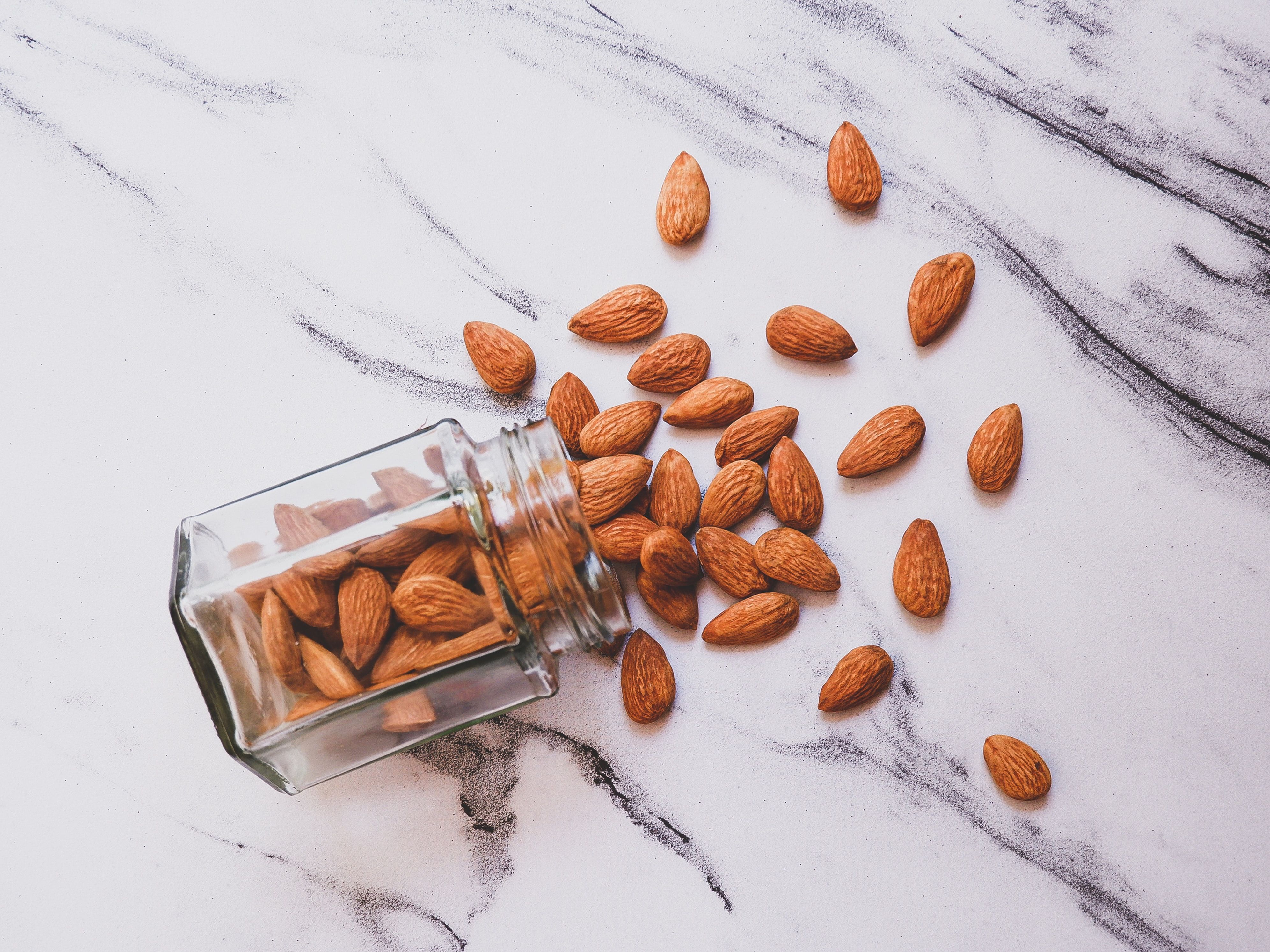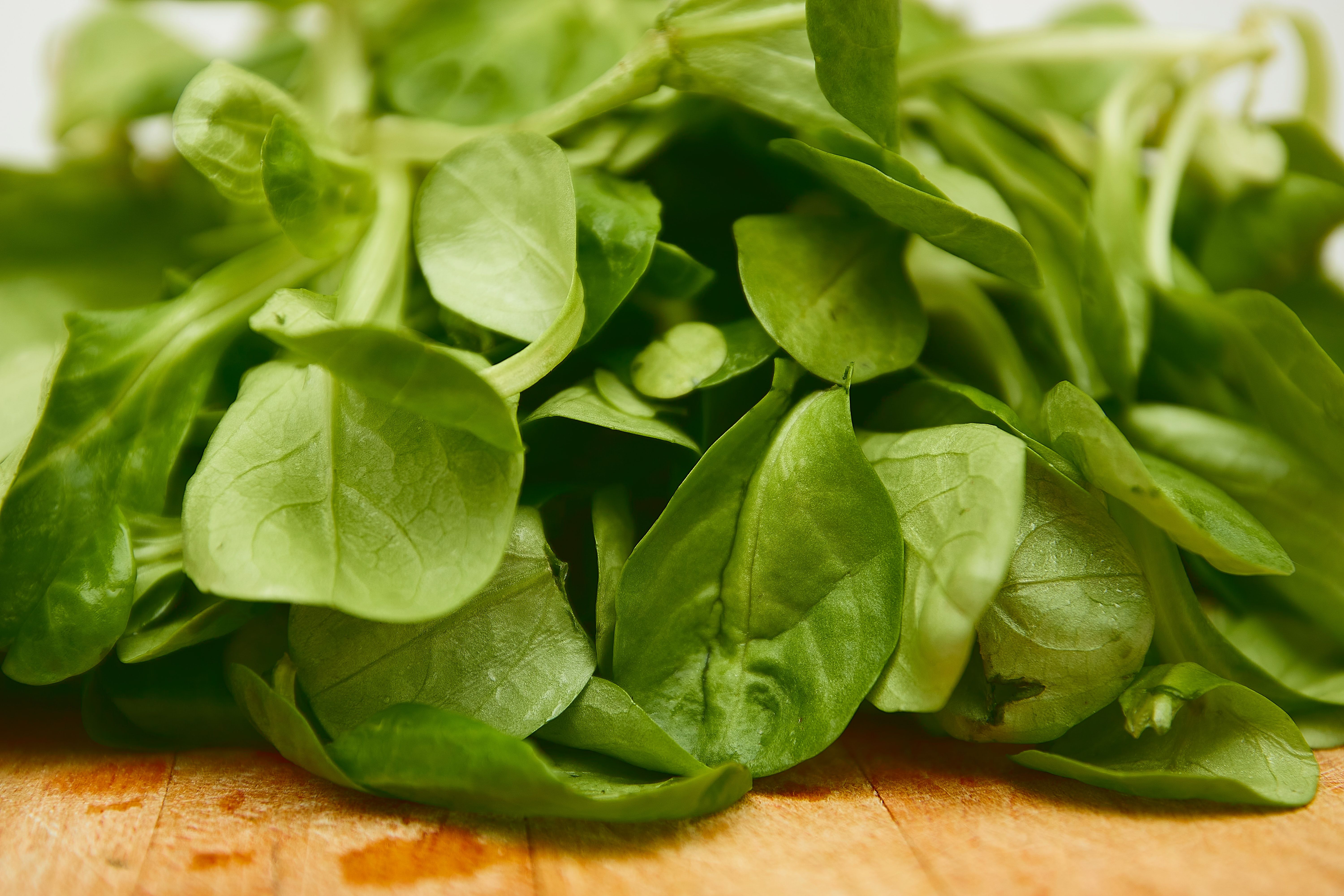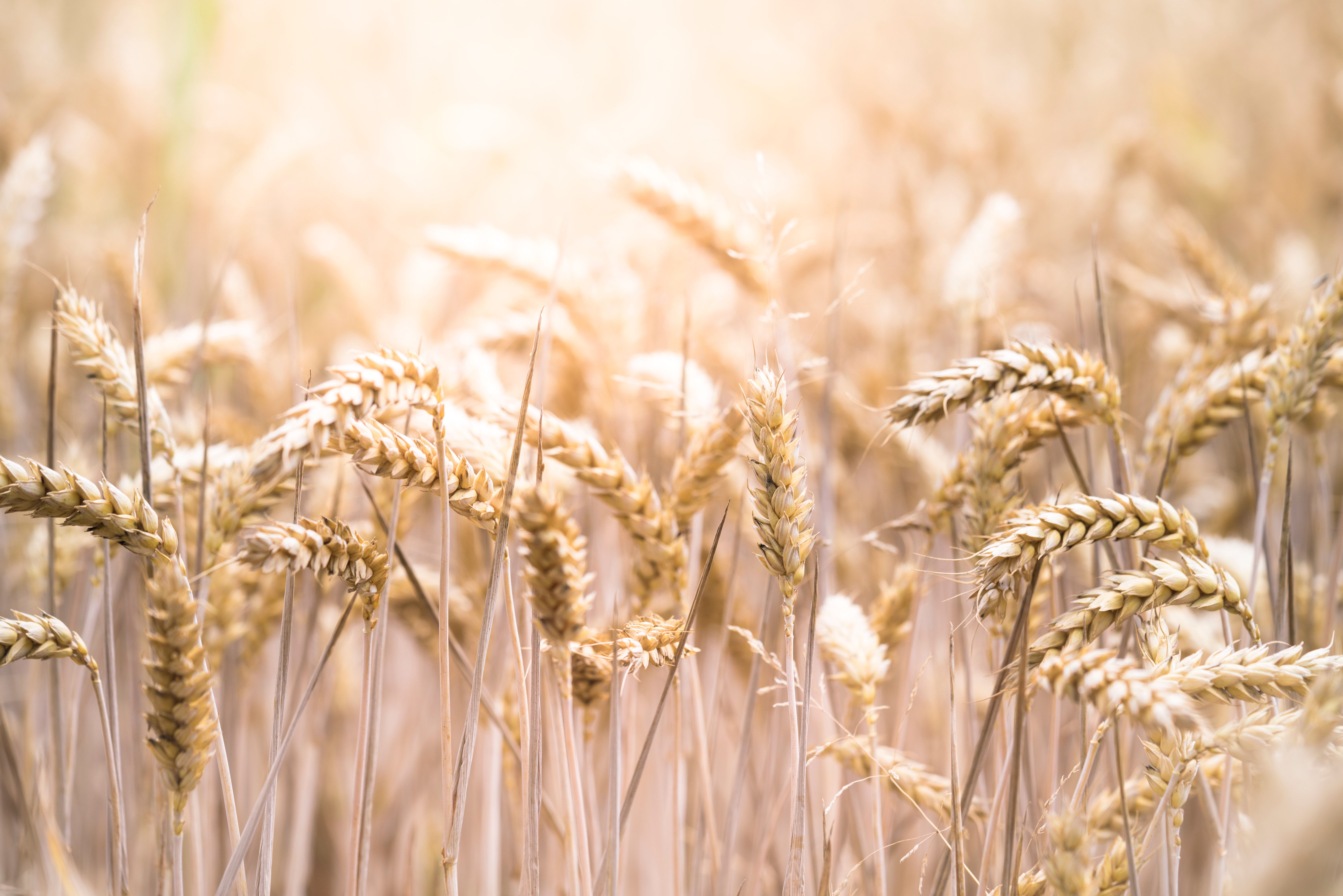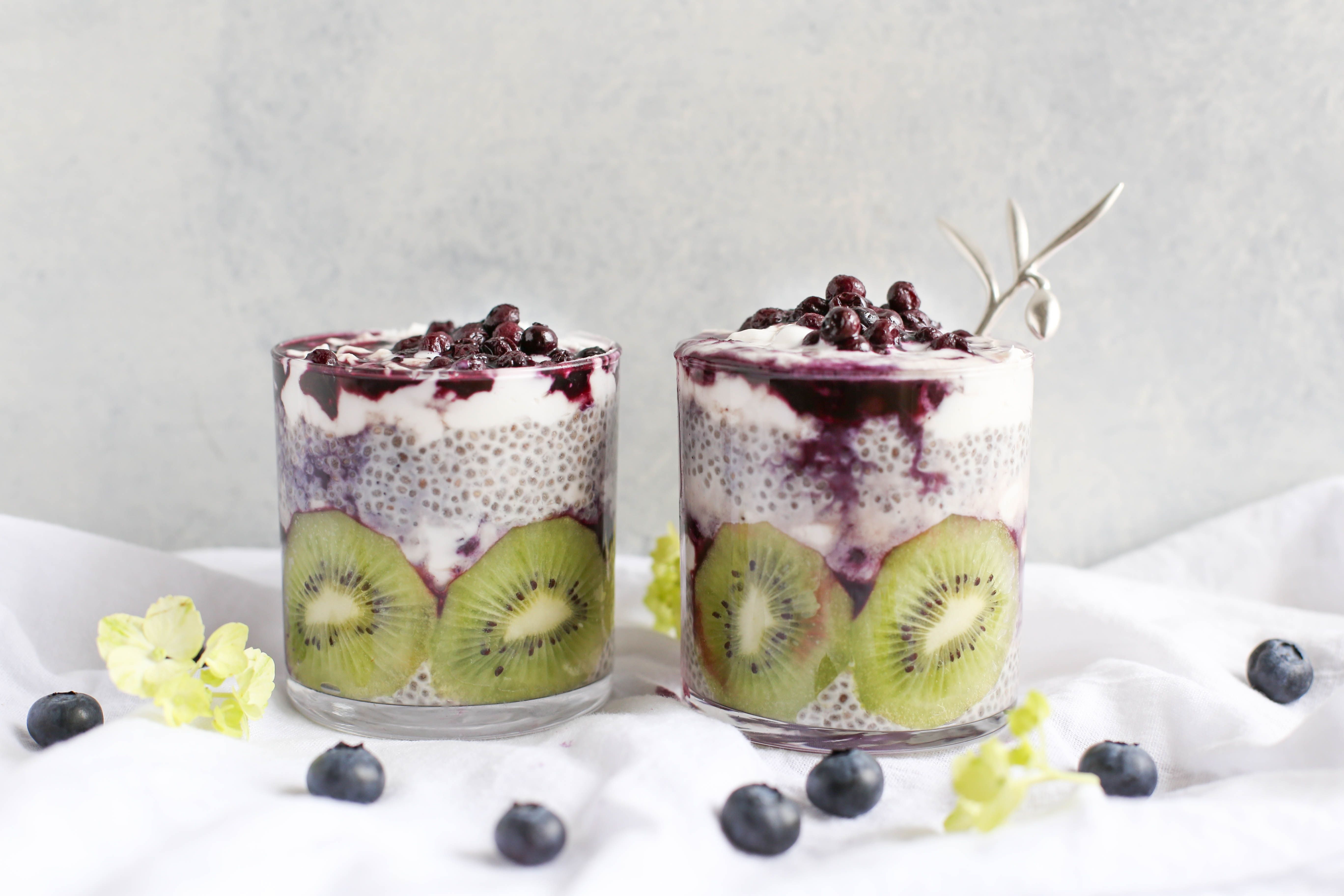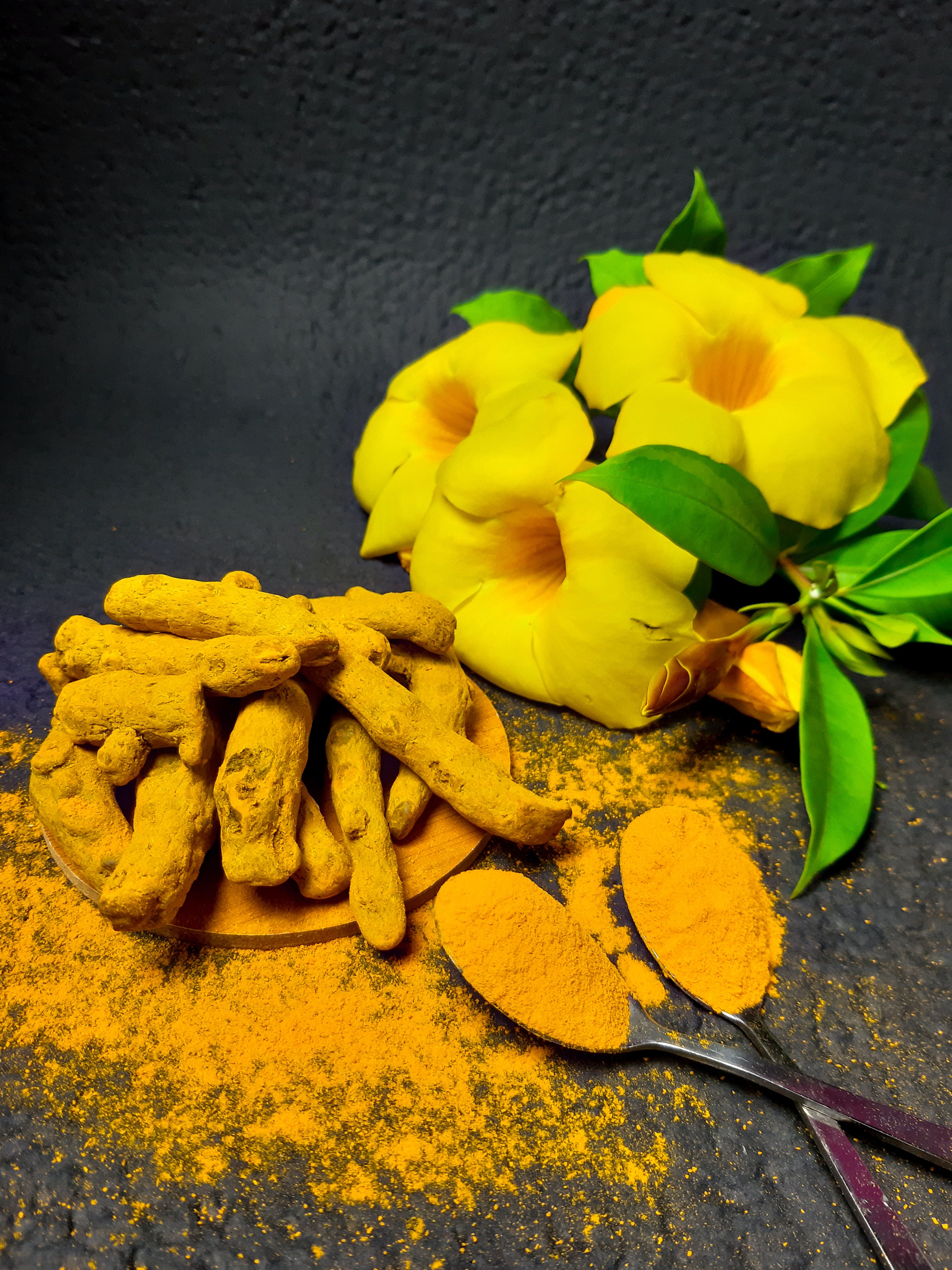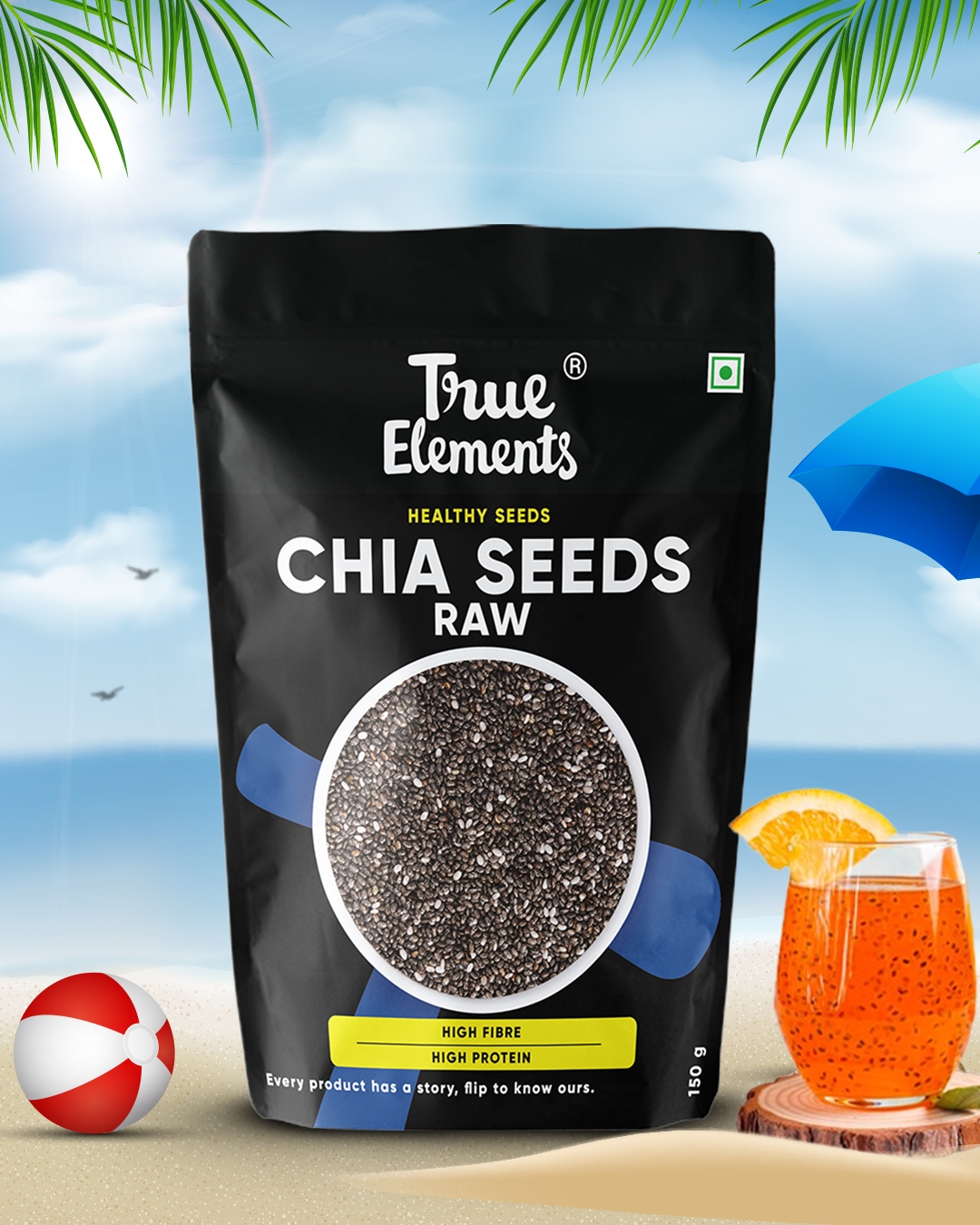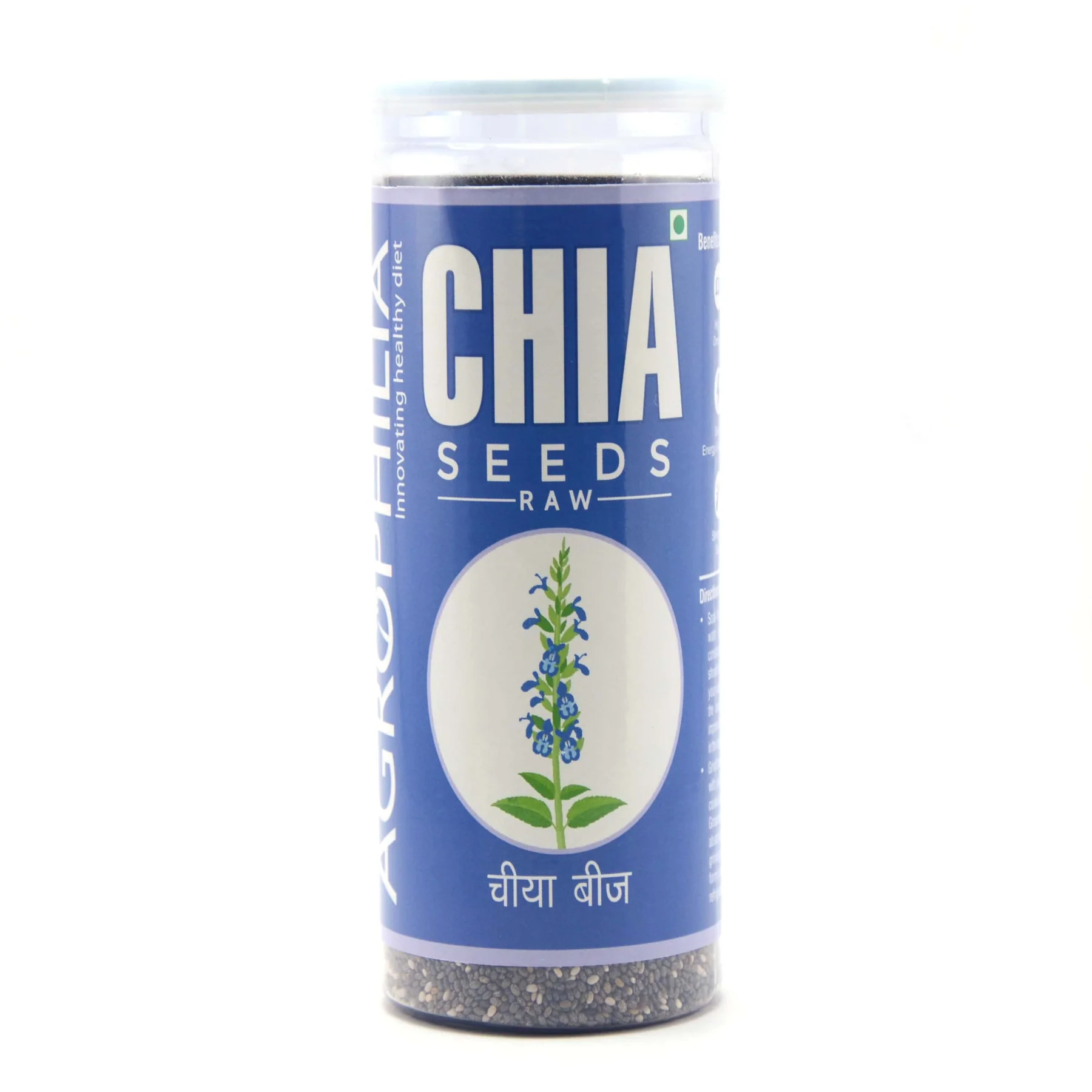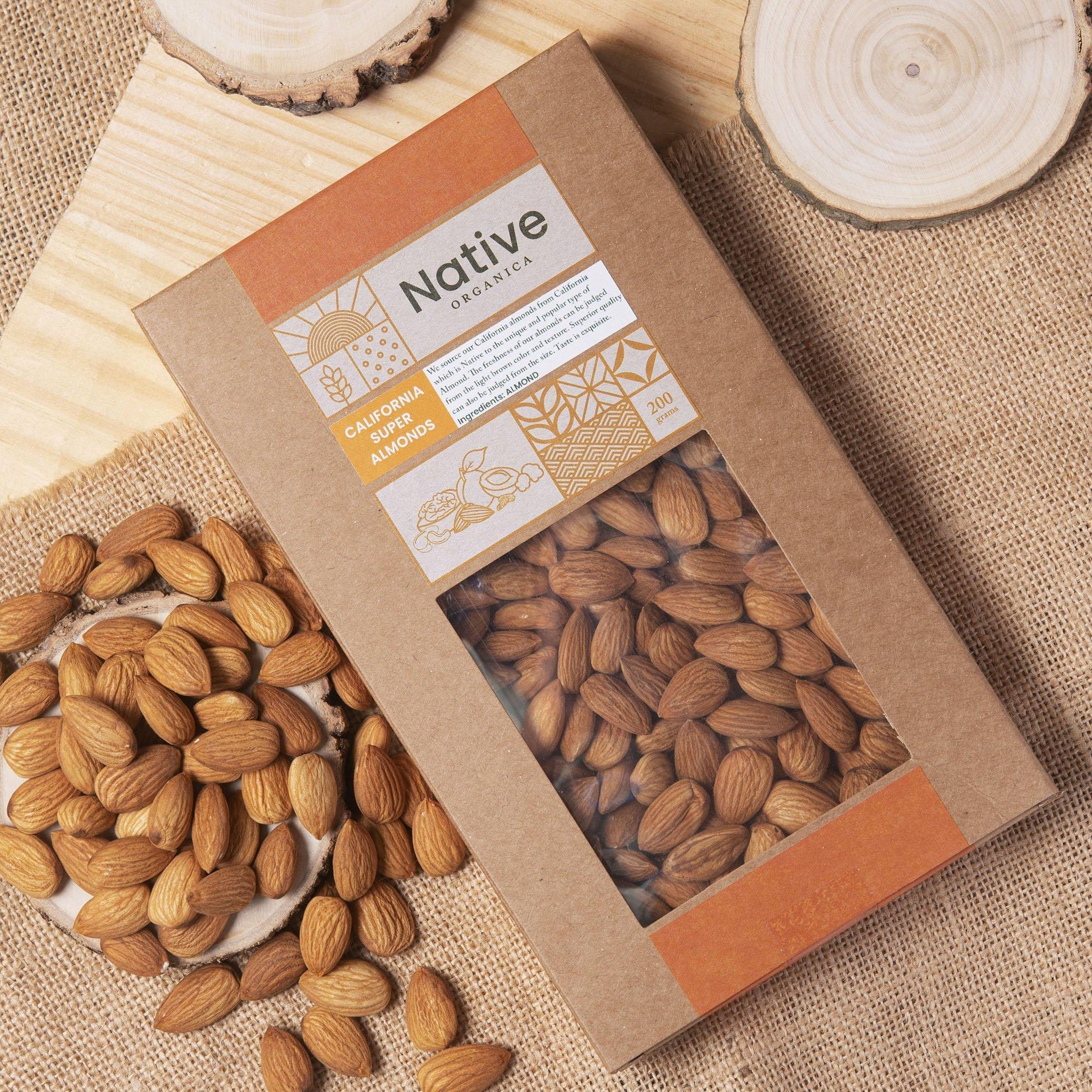Published Date January 24, 2003
5 foods that diabetics should surely include in their diet.
By Naurin Ansari
4 min read
Last update date: January 24, 2003
Almonds, Green leafy, whole grains, chia seeds and turmeric are the 5 foods that diabetics should surely include in their diet

It is difficult to keep track of what we eat on daily basis. But we need to keep track of what we should eat given, we have a medical condition such as diabetes. Here is the list of 5 foods that diabetics should include in their diet.
- Almonds
- Green leafy
- Whole grains
- Chia seeds
- Turmeric
ALMONDS
A quarter cup of almonds has more protein than an egg. According to one of the studies published in the journal “Metabolism”, consuming one ounce of almonds before a high-starch meal brought about a 30% reduction in post-meal glucose levels for patients with type 2 diabetes and a 7% reduction for non-diabetics.
People who consumed almonds regularly were examined for their blood glucose levels and the daily consumption of one ounce of almonds over 12 weeks resulted in a 4% reduction in haemoglobin A1c (HbA1c) and the same reduction in body mass index (BMI).
GREEN LEAFY VEGGIES
A study was conducted with over 2,20,000 people. This study focused on the links between fruit and vegetable consumption and type 2 diabetes. The study concluded that eating one and a half serving of green leafy vegetables a day reduces the risk of type 2 diabetes by 14%.
Fruit and vegetables have antioxidants which can stave off chronic diseases. Additionally, due to the presence of high magnesium content, green vegetables like spinach can help to lower the risk of type 2 diabetes.
WHOLE GRAINS
Whole grains are a wise choice for the entire family, not just for those who have diabetes. Foods containing whole grains typically have a lower glycemic index (GI), making them better for controlling blood sugar levels if you have diabetes. They, therefore, do not impact blood glucose levels like diets containing refined carbohydrates. Although a variety of portion sizes is a must.
Strong evidence from epidemiological studies backs up the idea that eating a lot of whole grains helps prevent type II diabetes (T2DM). With a risk reduction in the range of 20–30%, people who consume about three servings of whole grain foods per day are less likely to acquire T2DM than low consumers (three servings per week).
CHIA SEEDS
Chia seeds have a very low glycemic, which means they cause blood sugar levels to rise gradually rather than quickly, preventing sharp blood sugar spikes. They are naturally a good source of dietary fibre which helps lessen insulin resistance.
On the other hand, they offer a healthy dosage of vitamins, minerals, and protein too. Chia seeds are one of the best snack options for diabetics. Additionally, these seeds have a low-fat content, which keeps a diabetic’s body in good shape.
In a study on animals, diets rich in the Salba variety of Chia seeds improved cholesterol levels and showed a significant drop in systolic blood pressure. These advantages were linked to the synergistic interaction of chia seeds' key components like protein, magnesium, dietary fibre, and polyunsaturated fatty acids (PUFA).
TURMERIC
The important components of turmeric are curcuminoids and volatile oil.
Curcuminoids had curcumin, monodemethoxycurcumin and bisdemethoxycurcumin which are natural antioxidants and give yellow colour to the powder.
While volatile oil consists of aromatic compounds among which turmerone and ar-turmerone are considered medicinally important.
Sugars, proteins, and resins are also isolated from the rhizome of turmeric.
A significant part of the aetiology of diabetes is oxidative stress. Reactive oxygen species generation and the body's natural antioxidant defences are out of balance under oxidative stress. Reactive oxygen species (ROS) are chemically reactive oxygen-containing molecules that cause phenomena essential to regular cell activity.
However, in unfavourable circumstances, ROS levels shoot through the roof, leading to inflammation and cell death.
Endothelial cells, which line blood arteries, take up more glucose in the adipose tissue when a person has diabetes (body fat).
In hyperglycemic (high blood sugar levels) situations, increased glucose absorption results in excess ROS generation, which in turn triggers inflammatory pathways and the oxidative breakdown of fats (lipid peroxidation).
An established antioxidant, turmeric, neutralizes ROS, prevents lipid peroxidation, and boosts the activity of antioxidant enzymes. This turmeric characteristic can lessen the oxidative stress seen in diabetes.
Curcumin functions as an antioxidant and lowers oxidative stress as well as cardiac risk in diabetics, according to a human study.
Takeaway
Everyone needs a healthy, balanced diet, but those with diabetes need it even more. Almonds have a good amount of protein while green leafy vegetables have a good amount of magnesium content. Whole grains and Chia seeds both have a lower glycemic index. Additionally, chia seeds are rich in dietary fibre. These meals are advantageous for diabetics and are simple to incorporate into a diet.
References
- https://www.diabetes.co.uk/news/2011/sep/more-proof-of-the-benefits-of-almonds-for-diabetes-control-92233708.html
- https://www.winchesterhospital.org/health-library/article?id=623607
- https://www.sciencedaily.com/releases/2010/08/100819214607.htm
- https://pubmed.ncbi.nlm.nih.gov/15162131/
- https://pubmed.ncbi.nlm.nih.gov/32641435/
- https://www.healthkart.com/connect/are-chia-seeds-good-for-diabetes/
- https://klinio.com/hub/article/chia-seeds-and-diabetes
- https://www.turmericforhealth.com/turmeric-benefits/turmeric-your-miracle-weapon-against-diabetes
Keep reading
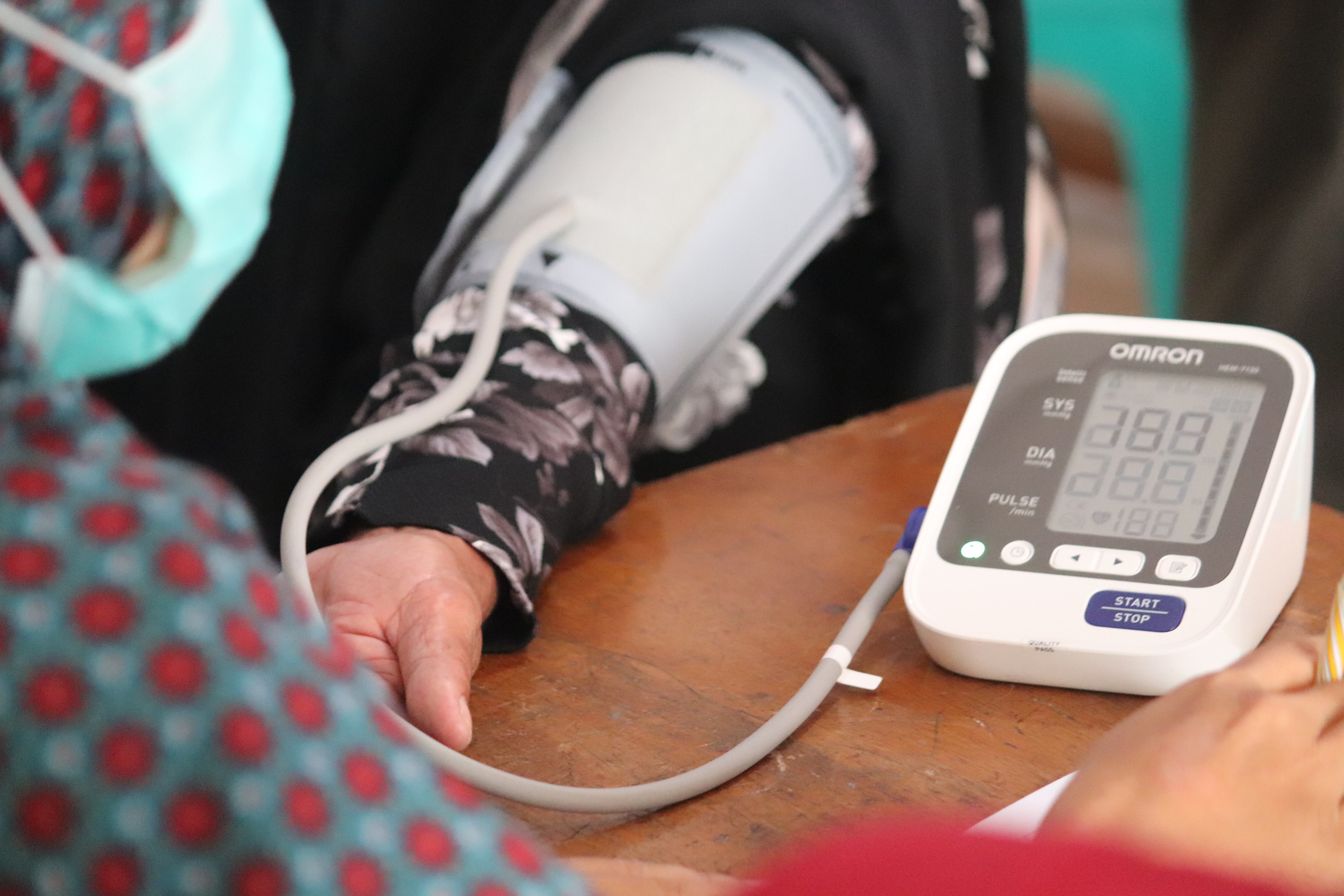
5 Foods that Increase Hypertension
Salt, fried foods, caffeine, etc. foods increase hypertension.
By Hetvi Shah

5 Foods that help reduce Hypertension
Berries, bananas, nuts, etc. are foods that help reduce hypertension.
By Hetvi Shah
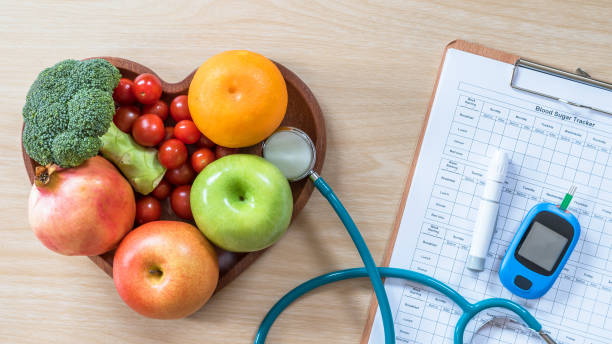
5 Foods that Diabetics Should Avoid!
Sugar-sweetened beverages, Fruit-flavoured yogurt, Sweetened breakfast cereal, honey, etc. are the foods that diabetics should avoid
By Naurin Ansari

5 best prebiotic foods
By Naurin Ansari
Related Items
Choose Healthy With Us.
Know the real truth about your food. Stay informed and healthy, for free.

Download the App Now
Certified nutritionists trust our food recommendations. Safe to say, so can you :)




